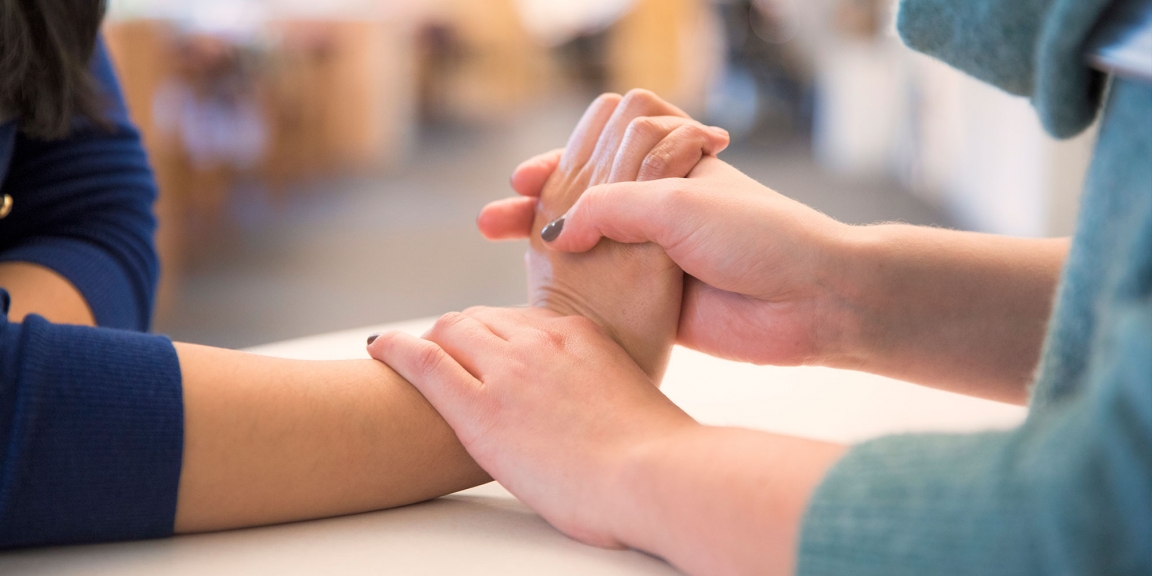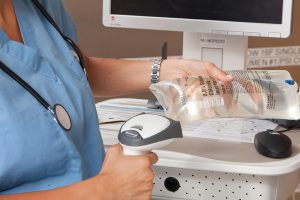Each finger and toe on the hand has its own unique set of structures connected by blood arteries and nerves. To put it another way, our hands enable us to consume and create material and dress up, work and earn money. We need our hands to move and feel to do these kinds of things like pushing ligaments and pulling muscles. Many health disorders can cause hand discomfort, including accidents, fractures, damaged muscles following surgery, and carpal tunnel syndrome. Other causes include diabetic difficulties, osteoarthritis, job injuries, and neurological conditions. It’s essential to see your doctor if you experience any of these symptoms. After an injury, surgery, or other medical condition, your doctor may prescribe pain relievers, anti-inflammatory drugs and refer you to a physical therapist for hand treatment. These treatments can help you regain full use of your hands. Go to https://actionrehab.com.au/ and learn more.
Physical therapists use hand therapy, a non-surgical treatment, on patients who have issues with their hands or upper limbs. Specialists in treating the hands, the upper arm, and the wrist are either occupational specialists or physiotherapists who have further training in these areas. Finding a qualified therapist will help you go back to average hand performance for work, sports, and daily activities by creating a personalized treatment plan that includes specific hand treatment exercises. Hand treatment exercises under the guidance of a skilled professional therapist are critical. Hand exercises come in a variety of forms for physical rehabilitation.

Hand therapy is a therapeutic option that includes the following components:
When it comes to hand therapy, there is a slew of treatment options like cold and hot packs, paraffin baths, and ultrasound that may be used to reduce pain and swelling while also speeding up the healing process.
Protect your damaged area from further damage using splints and braces.
Muscle function, hand motions, and joint range of action can be restored with regular stretching and strength training exercises.
– Design and implementation of workout programs aimed at improving muscle agility, mobility, and energy.
Daily diaphragmatic respiration improves breathing quality and relaxes the shoulders and neck muscles.
Cross friction massage therapy, soft tissue mobilization, and trigger point massage are examples of standard treatments. In addition to massage and silicone solution, scar treatment techniques help with movement, puffiness reduction, and sensitivity reduction.
The hands should be raised above the elbow level, the shoulder should be elevated over the level of your heart, and the elbow should also be slightly bent. You can choose this position even if you’re sitting at a desk, lying in bed, or curled up on a sofa with many pillows.
Make sure you’re sitting up straight and feeling comfortable.
Patients should be instructed on proper positioning, ergonomics, and muscle and joint safety methods, including elevating and sleeping on their backs.


























